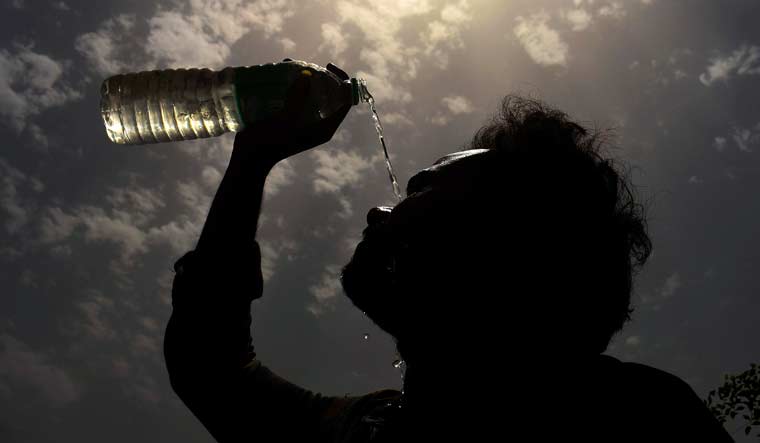May 2024 saw temperatures above 45 degrees Celsius in 37 Indian cities. Between May 26-29, northern and central India experienced a spell of severe heatwave. Fatigue, shortness of breath, fever, disorientation, nausea, headaches and in the worst case death are the consequences of extreme heat. But what really goes in within the body due to the high temperatures?
There are five physiological mechanisms that trigger heat wave consequences in the human body. Dr Harsh Chafle, a Mumbai-based critical care specialist grouped these under-- ischemia, heat cytotoxicity; inflammatory response; intravascular coagulation and rhabdomyolysis.
In ischemia, the blood supply to the vital organs of the body such as the heart, the kidneys and the brain is reduced. The hypothalamus which is the body’s control centre and helps keep it in a stable state sends out the message that the skin is dilated (because of excessive sweating) and needs greater blood supply. The drawing away of blood from vital organs impedes their normal functioning.
During heat cytotoxicity, the natural heat-bearing capacity of tissues is breached. For example, the muscles of the heart might begin to work more rapidly to maintain heart rate and then get damaged.
As heat damages the tissues of the body, the body’s natural immune response (cytotoxicity) starts to attack the healthy cells. Proteins which naturally maintain bleeding and clotting in the body become overactive. This abnormal blood clotting (disseminated intravascular coagulation) is the body’s first response. In turn, and as the second response, when bleeding occurs these proteins are not available for clotting.
Damaged tissues in the body lead to the leaking of the enzymes such as creatine phosphokinase which in turn block the kidneys from functioning. Tissue and subsequent muscle breakdown can also cause rhabdomyolysis where toxic elements released upon the breakdown enter the blood circulation and subsequently damage the kidney as they outstrip its ability to flush toxins.
“The underlying, overarching cause is damage to the kidneys,” said Dr Chafle. For example, excessive sweating leads to loss of potassium leading to a weakening of respiratory muscles. This in turn causes us to breathe with greater effort and take in more carbon dioxide which in turn will damage the kidneys. The severity and irreversibility of these effects depends on the general health of the body, said Chafle.
“Young, ‘apparently healthy’ people get affected because we do not have the concept of seeking preventive medicine”, he said. Silent damage to the kidneys, heart, brain and lungs keeps accumulating till it reaches an apparent level. Necrosis, that is death of tissue, can cause any organ to dysfunction and lead to other organs playing their part too.
The most affected, said Chafle were those who had co-existing conditions like diabetes and also those (such as children) who are unable to articulate themselves.
While the usual preventive measures such as proper hydration, and avoiding the sun during peak hours were applicable, the most important role is played by health-seeking behaviour when all ‘seems’ well with the mind and body. “Overall awareness of our health is crucial”, said Chafle.



